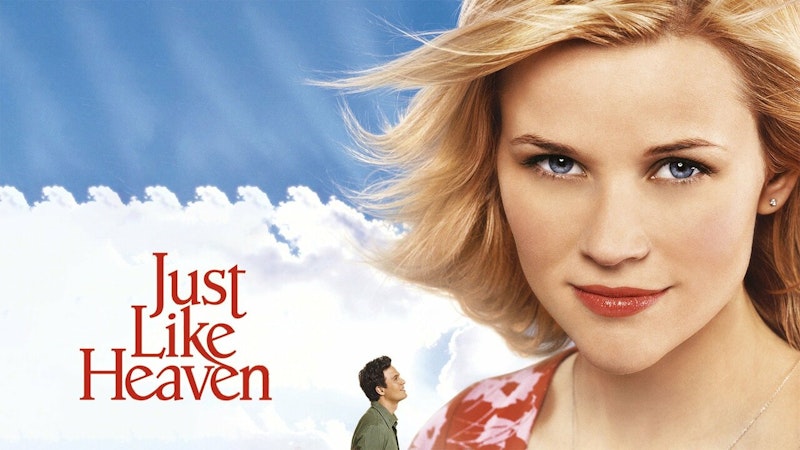Barbie, a blockbuster that’s grossed over $1 billion in less than a month, will be available to buy and stream on September 5th. In the midst of Hollywood’s worst strikes in decades, Warner Bros. has made the hard decision to give themselves a paper cut and decimate theatrical exhibition in the United States. David Zaslav, who I’ve written about positively in the past, is trying to juice Greta Gerwig and Margot Robbie’s mega hit to get a better than expected Q3 earnings report. At first, no one thought the strikes would end before October—now it’s January and beyond. Three-and-a-half years after the coronavirus pandemic changed moviegoing forever, there might be nothing to see this fall. Moviegoing is a habit that has to be nourished, and the only reason I was cautiously optimistic about Zaslav was his alleged interest in theatrical exhibition (it’s why he pulled the Batgirl movie from release entirely; a harsh move, but nothing that costs $90 million should be sent direct-to-video). He chided former executives for even allowing Clint Eastwood to make his elegiac Cry Macho, an ethereal and immensely moving film that I saw in a completely empty theater—the same theater where I saw Barbie with an oversold crowd nearly two years later.
Zaslav’s crude rhetoric prioritized getting asses in seats, and he wisely shifted Olivia Wilde’s Don’t Worry, Darling from a streaming debut to a respectable box office run largely driven by the film’s pre-release controversy. Even if I loathed Barbie, it was the work of a real filmmaker, and real filmmakers are the only ones capable of real failure. Theaters and all streaming services are clogged with mediocrity, visual white noise that will only ever be so good and so bad. The double-feature phenomenon of Barbie and Oppenheimer was bittersweet because it reminded me of what moviegoing was like growing up and through the first decade of the 2000s. Packed theaters full of people eager to see something new alone together shouldn’t be such a special event.
For the last month, I’ve only watched American films released between 2000 and 2009. This was a long-term project I started late last year, and for whatever reason I’m more hooked than ever. It might sound daunting or insane, but I saw hundreds of movies in theaters that decade, and I remember them all, and where I saw them, and what I thought. The ages of six to 13 are closer to me now than anything else, and when I saw Sound of Freedom at the AMC (formerly Loews) White Marsh 16 last week, I tried to remember what else I saw in Theater 2—The Aviator? Paycheck? Johnny English? That Sound of Freedom screening was crowded like any theater might’ve been at four p.m. on a Friday in August in 2005. There were so many movies I saw with packed audiences that would get ported to streaming within six weeks or straightaway today: Secret Window, White Noise, Matchstick Men, The Skeleton Key.
It was the last decade of robust moviegoing, when something like Just Like Heaven could make $103 million in the summer of 2005. Mark Ruffalo falls in love with Reese Witherspoon’s ghost after moving into her old apartment (she’s actually in a coma—she wakes up and they get together in the end). It’s the kind of high-concept, corny-to-some premise for a Hollywood movie that was as popular as it was mocked in the 1990s and 2000s, not only on television but in films themselves: Date Movie, Epic Movie, and Disaster Movie couldn’t exist today because there are no trends to spoof (on the other hand, I’m surprised a new Scary Movie based on “A24 horror” hasn’t been made yet).
Just Like Heaven sounds like a fake movie that a character on 30 Rock might star in, but it’s sweet (much better than Sweet Home Alabama), and its box office take isn’t so shocking when you remember what going to the movies was like when they were actually shot and shown on film. Something was lost when 35mm disappeared across the country, leaving the durable and dead DCP. Most people, even film fans, don’t realize that every single movie they saw before 2010 was on film. The emergence of the smartphone and widespread social media coincided with the death of film exhibition, so we’ll never know the real subconscious loss, and how many people would’ve stopped going to movies in the DCP era because something just didn’t feel right. If you ask Nicole Kidman, heartbreak feels good in a movie theater—but never as good as it does on film.
—Follow Nicky Smith on Twitter: @nickyotissmith

